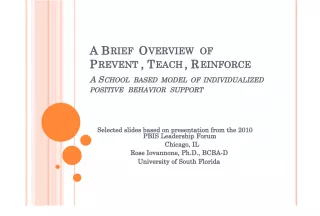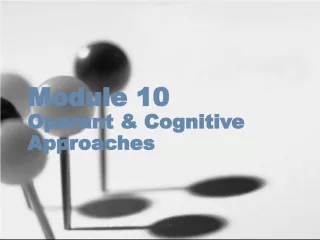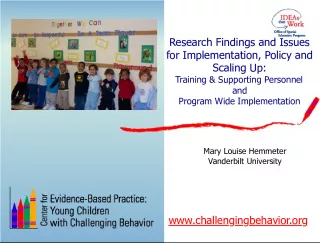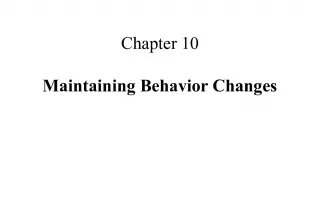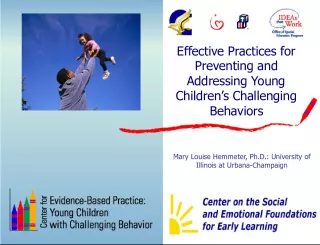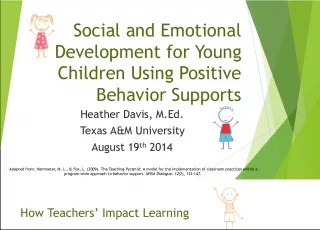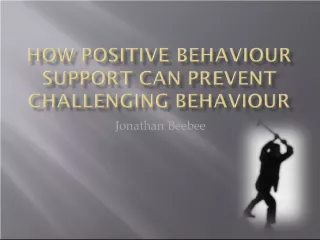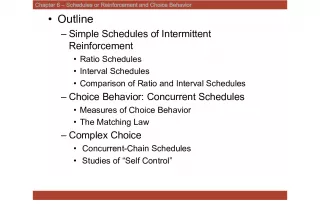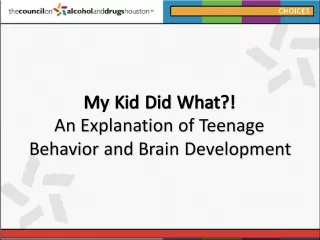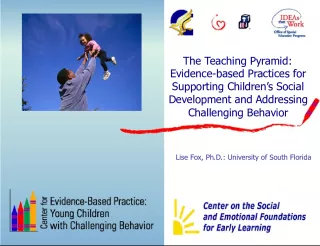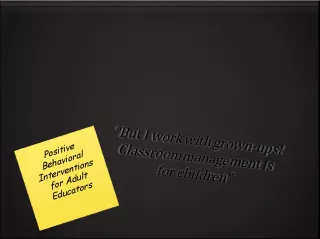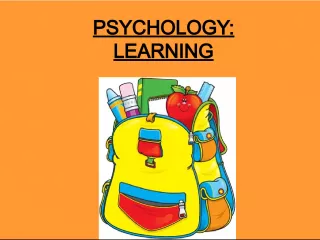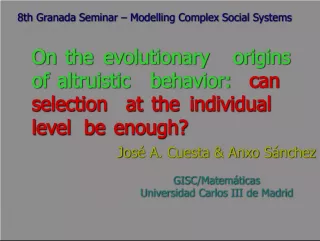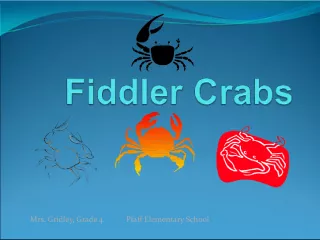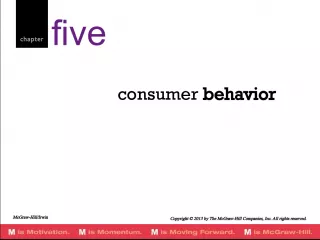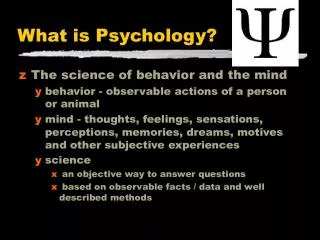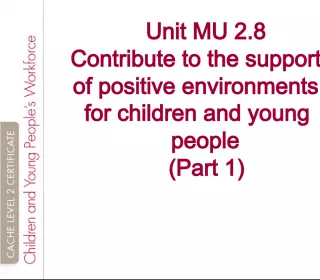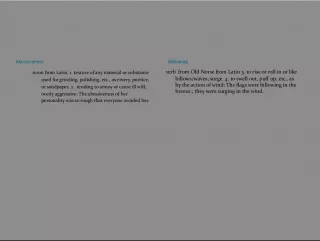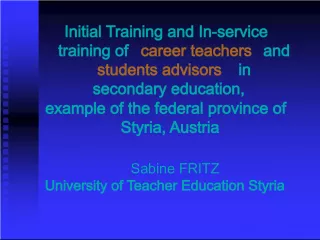Positive Behavior Support for Toddlers with Challenging Behavior


This intervention provides families and caregivers with strategies to improve social and communication skills of young children. It includes screening, family visits, person-centered planning, and functional assessment to achieve quality of life outcomes.
- Uploaded on | 0 Views
-
 lyubodar
lyubodar
About Positive Behavior Support for Toddlers with Challenging Behavior
PowerPoint presentation about 'Positive Behavior Support for Toddlers with Challenging Behavior'. This presentation describes the topic on This intervention provides families and caregivers with strategies to improve social and communication skills of young children. It includes screening, family visits, person-centered planning, and functional assessment to achieve quality of life outcomes.. The key topics included in this slideshow are . Download this presentation absolutely free.
Presentation Transcript
1. Providing Positive Behavior Support to Toddlers with Challenging Behavior and their Families
2. To provide families, caregivers, and others with positive strategies and skills that will result in the child’s acquisition of appropriate social and communication skills To assist young children with challenging behavior and their families with support to achieve quality of life outcomes
3. Intervention Components Screening to determine potential eligibility Family/Child Care visit to determine severity of behavior within natural environment and daily routines Person-centered planning with family system and circle of support Functional assessment within home and child care environments
4. Intervention (continued) Family-centered, comprehensive behavior support plan development Coaching in natural environments Family support and education Ongoing evaluation and monitoring
5. Process of Positive Behavior Support Step 1 : Convene a team and identify goals of intervention Step 2 : Gathering information (functional assessment) Step 3 : Developing hypotheses Step 4 : Designing behavior support plans Step 5 : Implementing, monitoring, and evaluating outcomes
6. Outcomes Child/Family Problem behavior reduction Increased social and communication skills and active engagement Placement stability Reduced family stress Increased family confidence and parenting satisfaction Greater community inclusion for children and families
7. Gregory 24 months old; lives with mother and father; both employed full-time Mother –clerical; Father – tug boat crew FSP Outcomes: improve language, improve behavior Assessment: overall mild delays; moderate delays in language development EI services: speech therapy 30 min./2x week
8. Initial concerns Tantrums (rolls on floor, ear-piercing screams, runs away, falls to floor, pulling hair, kicking, hitting) Difficult activities: diaper changes, washing hair, bath, coming in from outside play, grocery store, changes in routine (seems to be o.k. at family child care)
9. Methods Single Subject Design: Concurrent multiple baseline across routines Conducted during three daily routines : 1. Diaper change; 2. Bath time; 3. Transition from play D.V.= Greg’s challenging behavior and engagement I.V.= Implementation of assessment-based behavior support plan
10. Greg displayed challenging behavior in an attempt to escape from routines that were not preferred Diaper Change Routine Environmental modifications Visual schedule & choice board Preferred toy Active Participation Gesture for a hug Ignore and redirect Praise
11. Greg displayed challenging behavior in an attempt to escape from routines that were not preferred Bath Routine : Environmental modifications Safety signal Object cue for transition Preferred activities/toys Active participation Choose toys Ignore and redirect Praise Transition from Outdoors:
12. Primary Dependent Measures Total Challenging : Any occurrence of aggression, collapsing on floor, arching back, out of area, property destruction, or screaming Engagement : Following directions, participating in activity appropriately for majority of interval Other: Parent positive interaction; child communication; duration of diaper change
15. Max, Zak, & Emmy
16. Who: Max (30 months) Medical Concerns/Challenges : History of failure to thrive & feeding difficulties Difficulties with expressive language & articulation Problem Behaviors: Tantrums, hitting, biting, throwing toys, excessive crying, turn taking, off-task, elopement
17. Step 1: Identify Goals Family’s Initial Concerns Wanted help with Max only Team Building/Rapport Interventionist’s Observations Quickly realized concerns were related to all three children (Max, Zak, & Emmy) Identify Parent Responses & Strengths
18. Who: Zak (30 months) Problem Behaviors: Hitting, food dumping, spitting, off-task, biting, throwing toys, excessive crying, elopement
19. Who: Emmy (5 ½ years) Problem Behaviors: Hitting, kicking, taking toys away, throwing objects, negative interactions with mother Models & encourages inappropriate language & behavior with younger brothers
20. Step 2: Functional Assessment Identify Target Routines Functional Assessment: Functional Assessment Interview- Revised for young children (O’Neill et al., 1997) Systematic behavioral observations across times & routines Sibling interview-Emmy Unstructured interview with mother
21. Target Routines Routines Max Zak Emmy Clean Up Twin Play All Play Dinner
22. Methodology Single Subject Design: Multiple baseline across routines Used to evaluate changes in composite & individual data Supplemental Data: Procedural Fidelity Dependent Variables : Percentage of observed intervals with challenging behavior Percentage of observed intervals with engagement Independent Variable: Process of PBS (i.e., development & implementation of comprehensive assessment-based intervention) Interobserver agreement calculated for 30% of sessions at minimum of 96% reliability for all behaviors coded.
23. Step 3: Hypothesis for Twin Play TWIN PLAY Hypothesis : When their mother left the area or stopped playing with them, Max & Zak displayed challenging behavior in order to obtain their mother’s attention. Parent responses : Stopped her activity Came into room Consoled child
24. Step 3: Hypothesis for Dinner DINNER Hypotheses : When engaged in the dinnertime routine, the children displayed challenging behavior in order to obtain attention from their mother. When engaged in the dinnertime routine, Zak threw or dumped his food and/or beverages in order to escape nonpreferred food and/or to leave area. Parent responses : Gave in to demand Excused from dinner Verbal reprimand
25. Step 4: Behavior Support Plans Developed based upon family’s goals & functional assessment data . Created in collaboration with the natural intervention agent (i.e., the mother). Customized to fit within the family’s natural environment and routines.
26. Step 5: Implement Intervention Implementation was initiated sequentially across routines. Coaching was provided during each session to ensure mastery of prevention & intervention components. Procedural fidelity data were collected to: Ensure accurate implementation of each support plan Determine which intervention components the mother was most comfortable using independently.
27. Twin Play: Plan Components Prevention Strategies Choice given (toys) Structure activity (clear beginning & end) Length of activity shortened to 15 min. Toy selection (quantity & ability for independence) Clear expectations (visual & verbal) Parent Responses Noncontingent specific praise Ignoring Redirection (using expectations) Skill Building Teach children how to play independently & follow age-appropriate expectations
28. Dinner: Plan Components Prevention Strategies Structure (Consistently follow same sequence such as prayer) Choice for food (back-up) Seating arrangement (mother stayed at table, next to Emmy) Food on table to prevent need for mother to leave area Emmy’s preferences embedded within plan Parent Responses High rates of specific praise Ignoring Redirection (using expectations) Skill Building Emmy takes on role of helping/taking lead Emmy’s self-management plan: Emmy & mother independently evaluate her performance & compares ratings after dinner (i.e., the steps Emmy reported completing versus the number of steps the mother observed Emmy completing) Menu of reinforcers provided for 80% of steps completed
